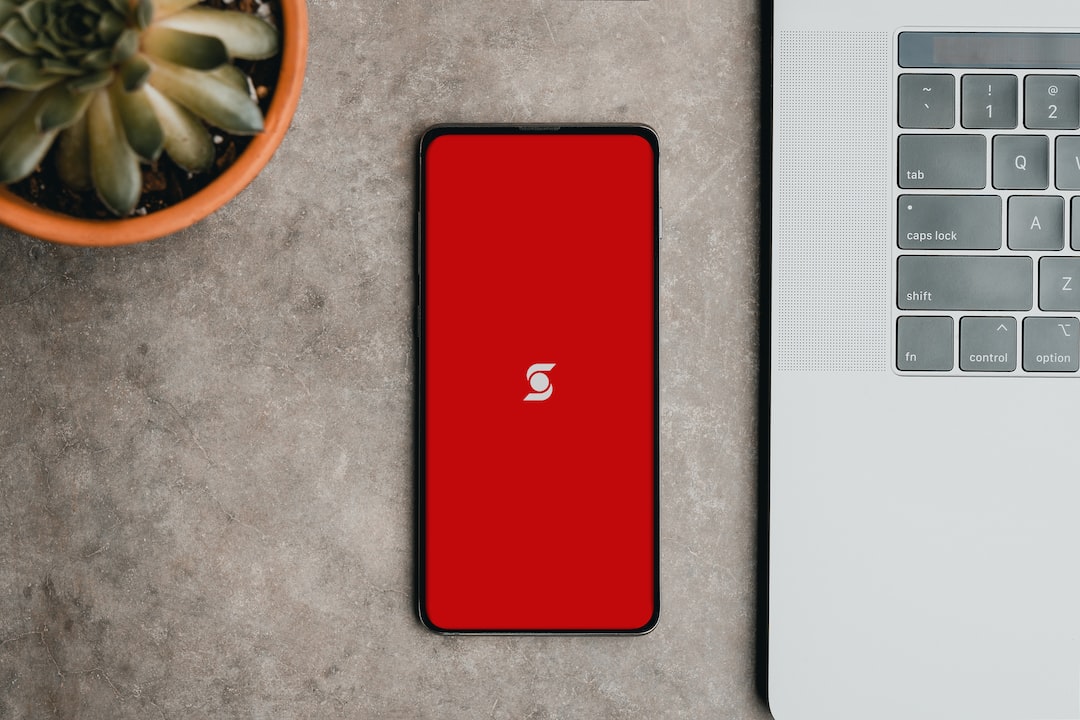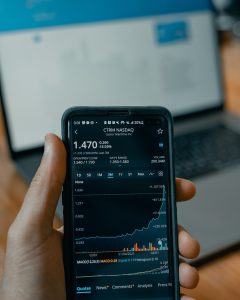When it comes to trading forex, leverage is a crucial tool that can greatly enhance your profits or amplify your losses. Therefore, it is important to understand what leverage is, how it works, and what leverage to use for forex.
What is leverage?
In simple terms, leverage is the ability to control a large amount of money with a relatively small deposit. In forex trading, leverage is expressed as a ratio, such as 1:50 or 1:200, and it allows you to trade with borrowed money from your broker.
For example, if you have a leverage of 1:100, you can control a position of $10,000 with a deposit of only $100. This means that if the price of the currency pair moves in your favor by 1%, you will make a profit of $100, which is equivalent to 100% return on your initial investment.
On the other hand, if the price moves against you by 1%, you will lose $100, which is equivalent to 100% of your initial investment. This is where the risk of leverage comes into play, as it can magnify both your profits and losses.
How does leverage work?
Leverage works by using margin, which is the amount of money you need to deposit with your broker in order to open a position. Margin is calculated as a percentage of the total value of the position, and it varies depending on the leverage you choose.
For example, if you want to open a position of $10,000 with a leverage of 1:100, you will need to deposit $100 as margin. However, if you choose a leverage of 1:200, you will only need to deposit $50 as margin.
When you close the position, your broker will return the margin to your account, along with any profits or losses you have made. If your losses exceed the amount of margin you have deposited, your broker will issue a margin call and ask you to deposit more funds to cover the losses.
What leverage to use for forex?
The choice of leverage depends on several factors, such as your risk tolerance, trading strategy, and account size. Here are some guidelines on what leverage to use for forex:
1. Consider your risk tolerance
If you are a conservative trader who prefers to minimize risk, you may want to use a lower leverage, such as 1:10 or 1:20. This will limit your potential profits, but it will also reduce your exposure to losses.
On the other hand, if you are an aggressive trader who is willing to take on more risk, you may want to use a higher leverage, such as 1:100 or 1:200. This will increase your potential profits, but it will also increase your exposure to losses.
2. Consider your trading strategy
If your trading strategy involves short-term trades with small profits and tight stops, you may want to use a higher leverage, such as 1:100 or 1:200. This will allow you to take advantage of small price movements and maximize your profits.
However, if your trading strategy involves long-term trades with larger profits and wider stops, you may want to use a lower leverage, such as 1:10 or 1:20. This will give you more room for price fluctuations and reduce the risk of getting stopped out too early.
3. Consider your account size
If you have a small account size, you may want to use a higher leverage, such as 1:100 or 1:200, to maximize your profits. However, you should also be aware of the risk of losing your entire account if the market moves against you.
On the other hand, if you have a large account size, you may want to use a lower leverage, such as 1:10 or 1:20, to minimize your risk. This will allow you to withstand larger price movements and protect your capital.
Conclusion
Leverage is a powerful tool that can greatly enhance your profits or amplify your losses in forex trading. Therefore, it is important to choose the right leverage based on your risk tolerance, trading strategy, and account size.
Remember that leverage is a double-edged sword, and it should be used with caution. Always make sure to have a solid risk management plan in place and never risk more than you can afford to lose.





